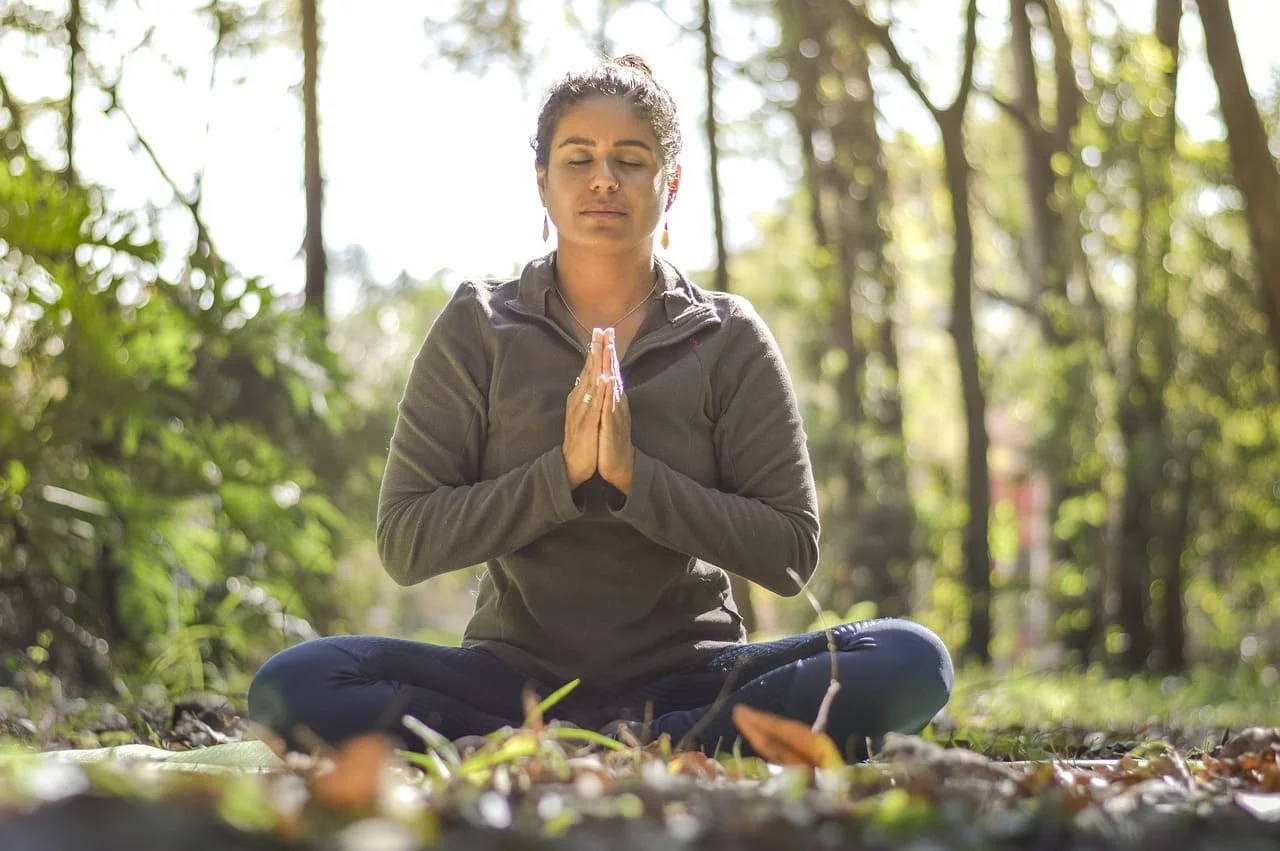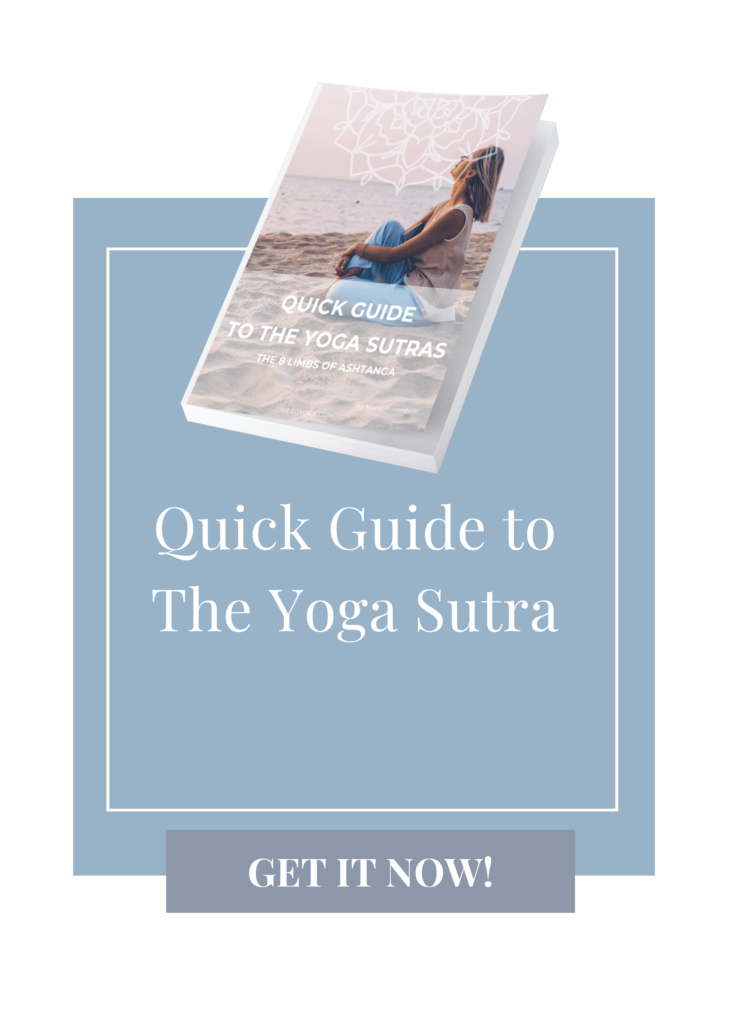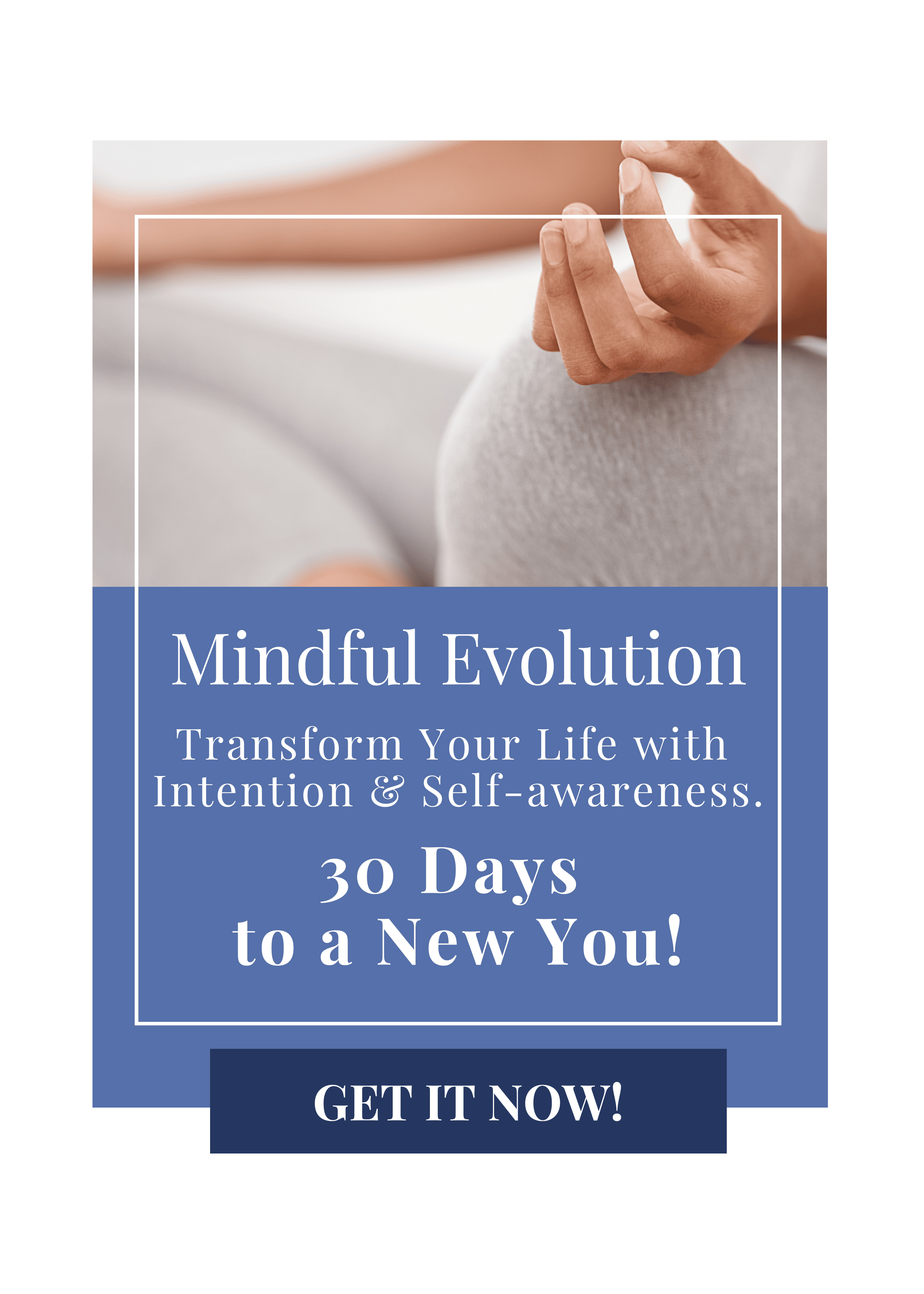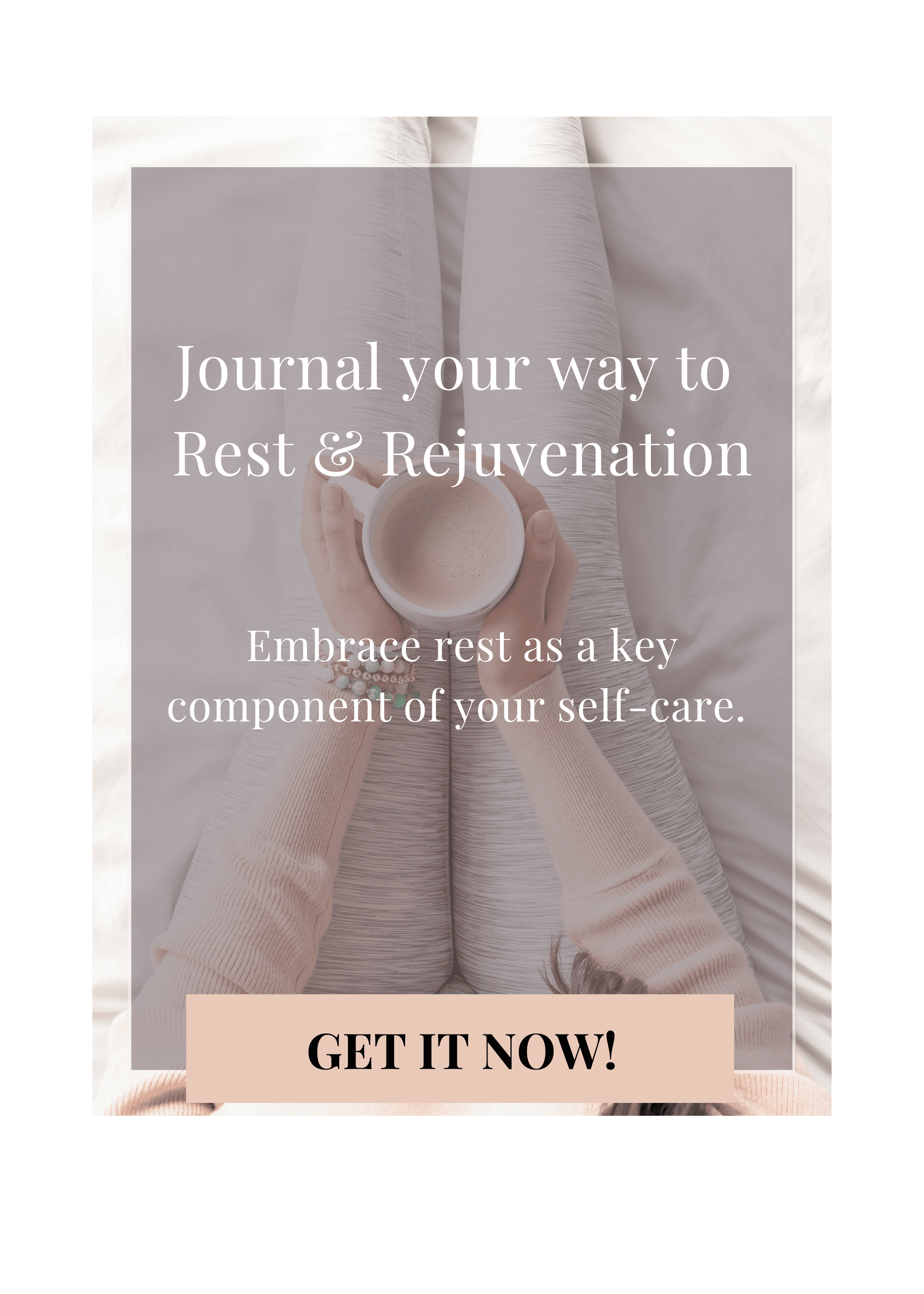The most difficult thing about trying to meditate is to have to sit still. Most people think that quieting the mind is a challenge. But the reality is that you do not need a completely quiet mind to meditate, you need to be present, aware, mindful, with a nonjudgmental mind, and accept and let go of your mind chatter as it turns up.
However, being still often presents a real challenge. The standing joke within the Yoga world is that Savasana pose, which is normally the last relaxation pose, is the hardest and most rewarding pose of all, (you’ve probably also seen this on a t-shirt “I’m only here for Savasana”) and that is due to the fact that we’re asking the body to lie completely still, and in being completely still, we open up to listen to and connect with all the possibilities that reside inside of us.
Something funny happens when we try to be still, our minds get into a little bit of a panic. Our bodies are made for movement, and being still is associated with non-movement, so your mind will freak out a little at this non-activity and try to make you move.
If you have ever tried to meditate, you have probably experienced that as soon as you sit still, you’ll experience an itch somewhere, muscle cramps or you suddenly have an overwhelming urge to move. This is the mind trying to get out of stillness and into motion.
So, there’s no denying that it can be challenging to sit still especially if you’re new to meditating. But there are some simple ways you can make sitting a little easier.
You might also like “Easy fundamental meditation techniques“

8 ways to make sitting still easier.
1. Prepare your body.
Practicing yoga was essentially done as a way to prepare the body for sitting still in meditation. Some gentle yoga and stretching before meditating can help release physical and emotional tension stored in the body. Practicing yoga helps release stuck energy and allows the flow of energy to flow more freely in your body. This in turn helps settle your mind and prepare it for quiet contemplation.
2. Set an intention.
Always have an intention with your meditation practice. Setting an intention before sitting down can help you approach your practice with a focus and dedication that in turn helps focus the mind. Take a moment before you sit down to decide on the why behind your practice today. If nothing really turns up for you, you can simply set the intention to commit to this meditation practice today. You can then use this intention and come back to it again and again as random thoughts turn up, to keep your focus.
3. Find a comfortable seat.
You can literally meditate sitting any which way you want. If you are not already trained to sit in the typical yoga pose Sukhasana or Lotus pose (both versions of sitting crossed-legged) you can choose to sit in any other way. I promise you your meditation will not suffer! Being uncomfortable isn’t helpful or conducive to your experience.
However, sitting with a straight back is desired. Not only will this ensure a level of having to stay present, but it also opens up the energy lines going through your body, allowing for your life energy to flow more freely.
If a straight back is hard for you to achieve, you can elevate your hips a bit using a yoga block or pillow, and if you’re sitting on a chair, be sure to move out on the seat a little to keep your back free of the back of the chair, just experiment with whatever feels best in your body.
4. One step at a time.
If you’re just starting, start out sitting for shorter periods of time. 5 to 15 minutes will allow your body (and mind) to get used to this activity of nothingness. As you start out it is more important that you establish the habit of meditating than how long each session is. So, doing a little, even as little as 3-5 minutes is still profoundly beneficial, and you can always slowly build on it, adding extra time as you get more used to meditating.
5. Meditate with a focus.
Doing focus meditation (which is one type of meditation) gives the mind something to do and this helps the mind relax. There are many ways to work with a focus in meditation. You can count your breath (counting each inhale till you get to 10, and then start over again), gaze at a candle flame, use Mala beads, or repeat a mantra in your mind. The point is to create a focus point for the mind to focus on.
6. Chanting.
Another way to work with a focus point is to chant while meditating. A chant is basically a word or sentence you keep repeating out loud over and over again. Often a mantra in Sanskrit is used, and it is a powerful way to quiet the mind and keep it busy with the action of chanting.
The word “mantra” comes from Sanskrit and means “mind tool”. Often Sanskrit words and sentences are used, as the sounds created by specific mantras are believed to have special vibrations that impact the mind and body.
You can create your own mantra or choose from the thousands of mantras that exist. I recommend that you start off simple with what is called a bija or seed mantra. Which is often a one-syllable sound of 1-2 words.
You can start using the words “Sat Nam” which means “true” and “name”. This mantra is said to create emotional balance and ease feelings of stress and anxiety. On your inhale you say out loud the word “Sat” and on the exhale the word “Nam”, and simply keep repeating this. If your mind wanders you simply return to the focus of chanting these words.
7. Get grounded.
There are many different ways to feel grounded and feeling grounded is a fundamental part of being able to find stillness. Sitting you can notice all the body parts that are supported by the floor or the chair. You can imagine sprouting roots that ground you down into the earth or choose to hold a physical object in your hand.
Crystals are an excellent tool to ground you, as holding a crystal in your hand allows you to tap into your sensory sense, and this helps calm the nervous system and relax your mind.
There are many kinds of crystal, and you can choose one that aligns with your focus for your practice, one related to one of the chakras, or one that speaks to you in the moment.
Like these:
Rose quartz is a crystal of the heart inspiring self-acceptance and self-love.
Selenite is a powerful cleansing crystal that helps clear the mind and dispel unwanted energy.
Amethyst is believed to help induce calm, clear the mind, and bring peace.
These are just a few of the many crystals available to you.
8. Practice with a mudra.
A mudra is a specific hand posture, a bit like yoga for your hands. Just like reflexology or zone therapy which uses putting pressure on specific points of your feet. The hands also contain acupressure points that you can activate.
Each part of your hand corresponds to a certain part of your body and mind, and by crossing, stretching, curling, and touching your fingers in different ways, you are directly influencing your mind-body connection.
The most commonly used mudra is Gyan mudra or Chin mudra, it has the thumb and index finger touching and the other fingers straight, you’ll often see people meditating using this mudra. This hand gesture activates the root chakra and helps to ground and calm you, making sitting still a little bit easier.
Moving forward.
Now that you know some of the ways you can achieve more stillness when sitting in meditation, you can play around with ways of sitting and different styles of meditation to find what works for you.
Meditating can feel a bit like hard work the first few times, so it is important that you find a way to do this and a style that feels comfortable and achievable. So have fun exploring the world of meditation, be curious and open to your experiences, and most importantly don’t give up! The true transformation lies in taking action and in the experience, so just keep going!






